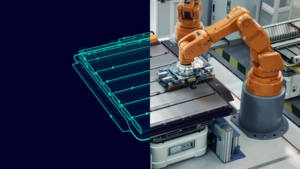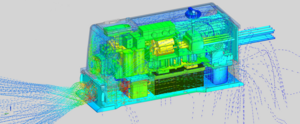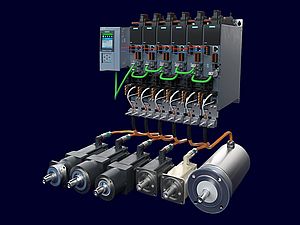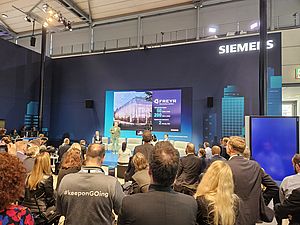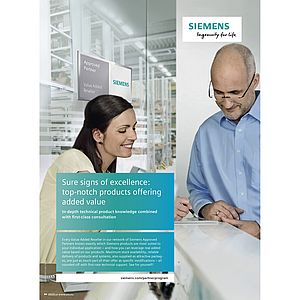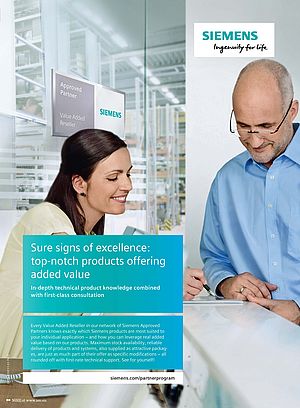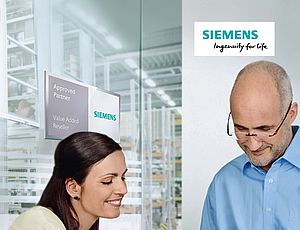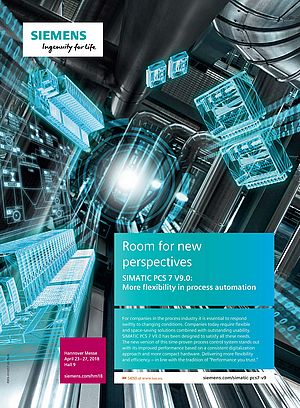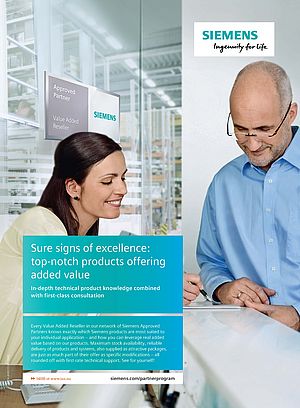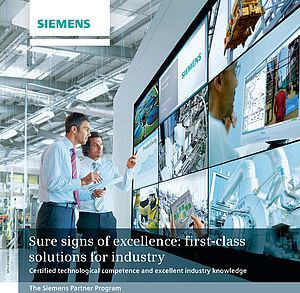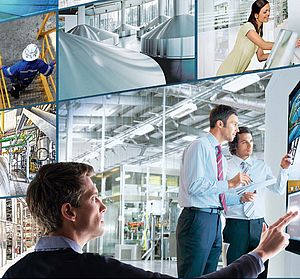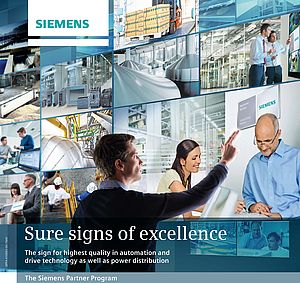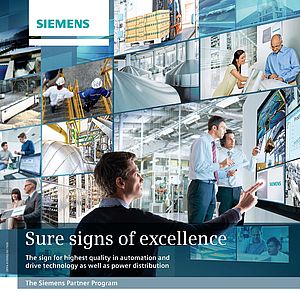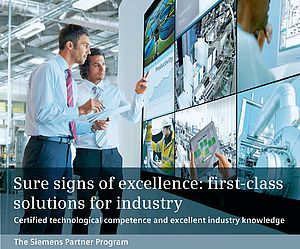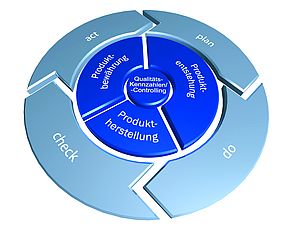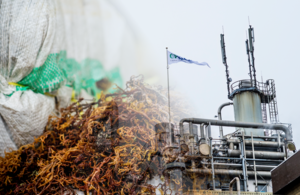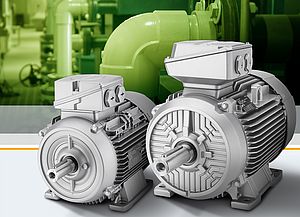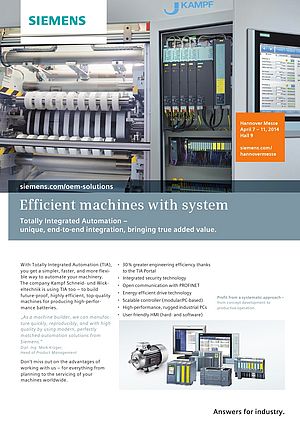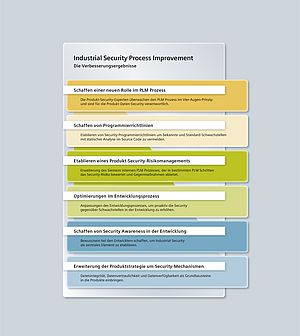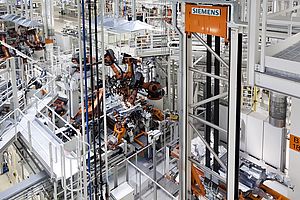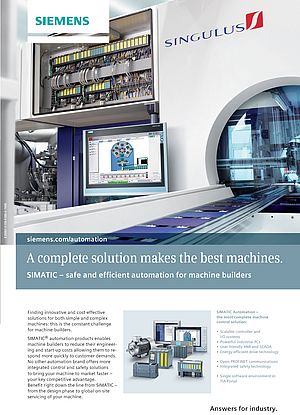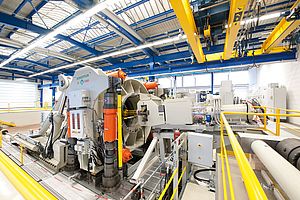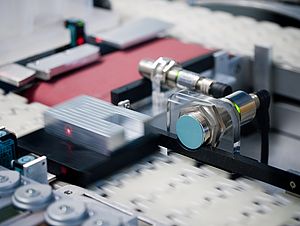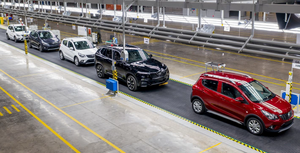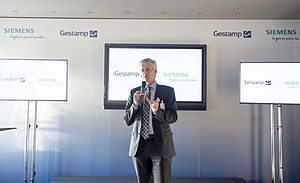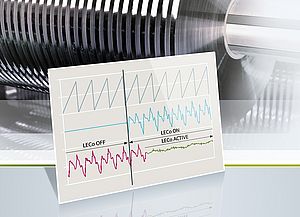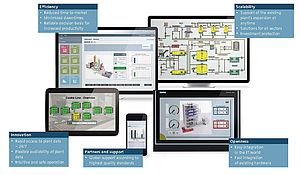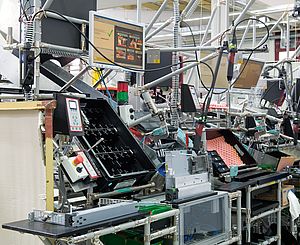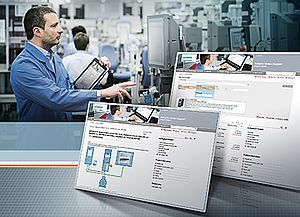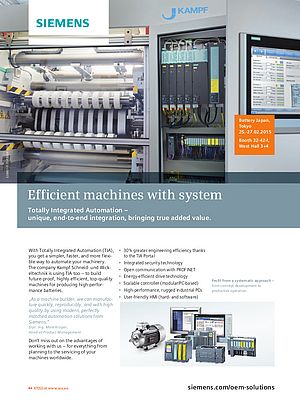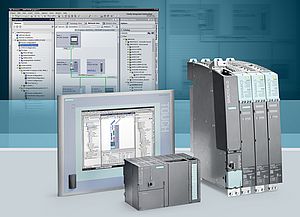The demands on modern production lines are enormous: They need to be highly productive, optimally efficient, easy to operate, and as flexible as possible. However, the more that different configurations and technologies are used and combined in manufacturing, the more complex the working environment becomes, both for the teams in production and maintenance and for operations management and optimization. It’s therefore essential that machines and systems support people in making correct decisions – in other words, based on reliable data. At the core of the issue are two key questions: What’s the machine or system doing (right now)? And, what do I need to do now? The answers to these questions are provided by plant or machine visualization that makes information about the process and the status of the machine accessible and helps operator teams make the right decisions.
Integration as a task for automation and visualization
If there’s no cross-plant visualization, companies waste a lot of the potential of their processes. When information has to be laboriously collected and compiled from different systems, errors and misinterpretations can easily occur. In addition, there’s a time delay in the operators’ reactions to changes in the process, and without a uniform diagnosis errors may be detected too late. And last but not least, the teams need to be trained on the different operating systems and visualizations, which costs extra time and money. All of these problems can be avoided with user-centric and uniform visualizations for machines and systems, and even more advantages can be realized along the entire machine and plant lifecycle.
Realize visualizations efficiently with standards
Even during the planning phase, the right technologies can lay the foundation for a harmonious, scalable visualization. With the SIMATIC WinCC Unified system, visualizations are engineered once and can then be used on both control panels and operating PCs. The Simatic HMI Unified Comfort Panels can also meet increased requirements for hygiene or environmental conditions, so that a large number of applications can be covered with a single system. Standardized library elements for process objects can be used to ensure that a valve type is always displayed in the same way in the visualization and has the same functionality in operation. This makes it easier for users to find their way around the visualization. Another advantage: With libraries, development teams can centrally manage and version elements and interfaces, which makes future adjustments easier. In Simatic WinCC Unified, the Template Suite also supports project planning as a design system: It contains ready-made templates, images, and objects as the basis for your own HMI, which significantly simplifies and accelerates the development process.
Modular manufacturing concepts on the rise
Openness is important not just at the machine level but also at the plant level. In the pharmaceutical and food industries in particular, there are efforts to replace relatively rigid production lines with a modular "production carousel" where machines can be flexibly combined as production islands or production modules. Of course, these "plug & produce" concepts also require correspondingly modular, manufacturer-independent concepts for automation and visualization solutions. The foundation is provided by the Module Type Package (MTP), and Siemens offers the Simatic MTP Creator that can be used to create an MTP file from the TIA Portal. This file contains all the information on PLC data and connection as well as an abstract description of the visualization. From this description, the configuration is automatically generated after the file has been read in during instantiation and the corresponding visualization is generated using an appropriate library. This is how the Simatic WinCC Unified along with the Simatic MTP Integrator creates the connection to the machine via OPC UA, the PLC tags, and the HMI elements automatically with a single click – even on machines equipped with systems from other manufacturers.
More convenience for users
The result is a unified visualization for the entire line or manufacturing environment – with little engineering effort for the OEM and little effort for the integrator to orchestrate the process. In turn, plant operators benefit from simpler operation of their plant(s) with standardized HMI interfaces. There’s also less training effort, and operators can use their resources in operation and maintenance more flexibly and efficiently. Innovative methods of user identification also make a contribution: In addition to identification via password-protected logins and RFID tags, companies can now use solutions in the industrial environment that are already familiar to their operating and maintenance teams from their private lives. The Simatic WinCC Unified Air app for Android and iOS uses biometric authentication of the end device and guides users through the login process at the Simatic HMI Unified Comfort Panel via Bluetooth.
Open to new applications and ideas
However, these innovative applications and functions aren’t just convenient, they also crucial offer better support to operators in machine setup. For example, the Italian machine manufacturer Comi S.p.A. has used Simatic WinCC Unified to make the configuration of the preheating bed of its thermoforming machines so intuitive that the production teams no longer need any special training. The process is now automatically set up via a custom Web control created specifically for this use case, and it’s been integrated directly into the operator interface. There are significant savings for the plant operator as well: The improved user guidance helps increase productivity by up to 10 percent, reduce cycle time, and achieve a better process quality.
In Simatic WinCC Unified, extensions can also be implemented via scripting: With the Simatic WinCC Unified JS Connector, global Java script modules can be developed in Visual Studio Code, and the JavaScript source code can be exchanged between Simatic WinCC Unified ES and Visual Studio Code. In addition, the WinCC Unified RT Debugger can be used to efficiently test scripts. Siemens is addressing another challenge in machine and plant engineering: Over the next few years, many companies will need to attract young talents to the automation field, and graduates will also want to apply the high-level language skills they acquired during their studies to this area.
Greater transparency for production and management
IT and OT are also merging in the field of visualization in another way. Web technologies and secure interfaces make it possible for users to access system information from a large number of end devices via secure connections: for example, via Web clients and open interfaces. With Simatic WinCC Unified, users can use the GraphQL Server to easily query data from production using IT methods, and conversely to return it just as easily to production to create individual dashboards. Using Industrial Edge, modern technologies for data acquisition and analysis can also be retrofitted during operation – and integrated just as seamlessly into plant visualization with appropriate solutions. This is how the merger of IT and OT ensures greater transparency in production and allows operators and management to always keep an eye on their processes, even in a highly flexible, modular, and adaptive manufacturing environment.










